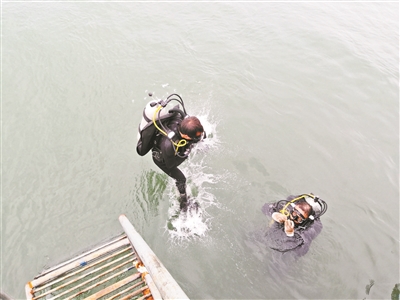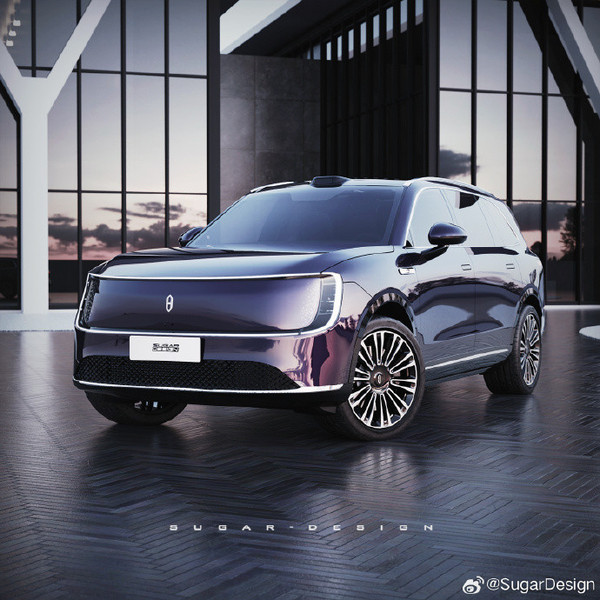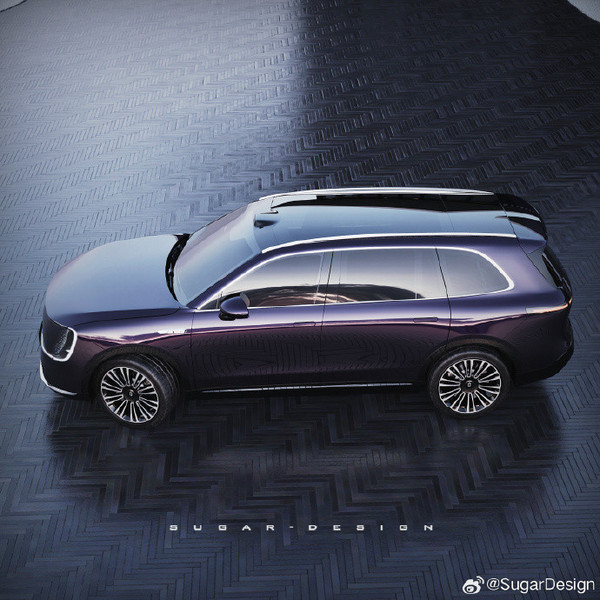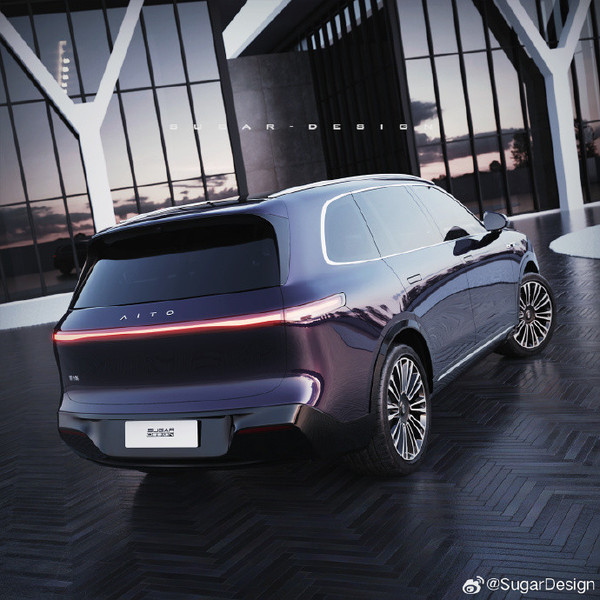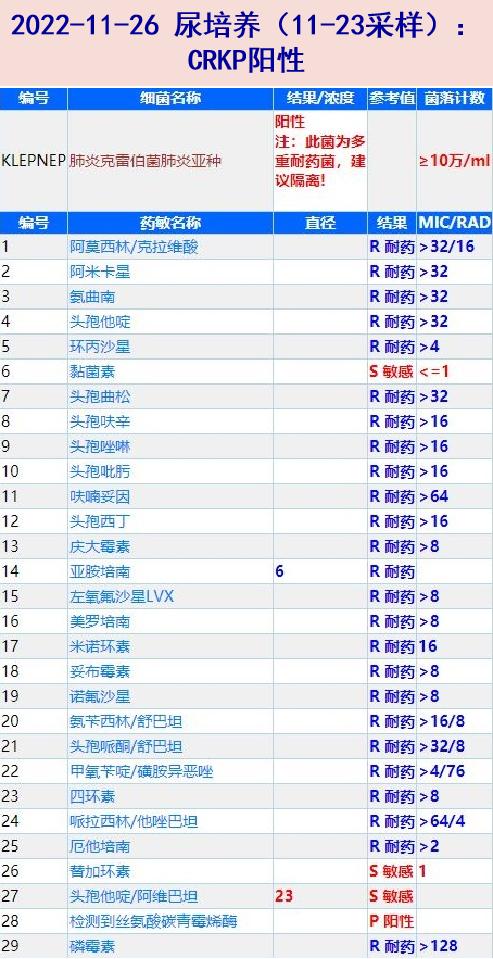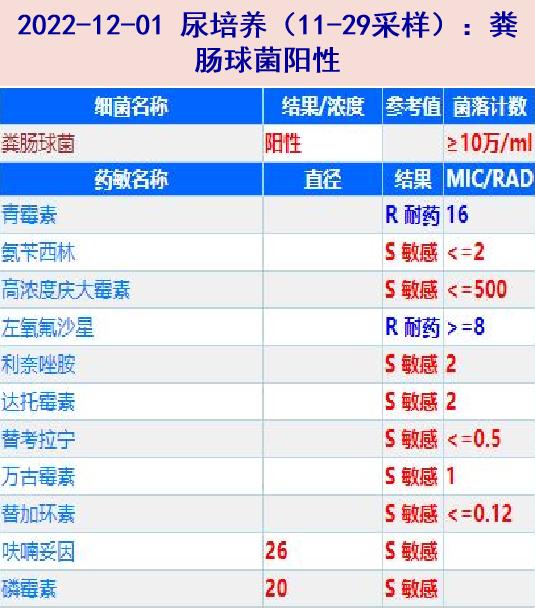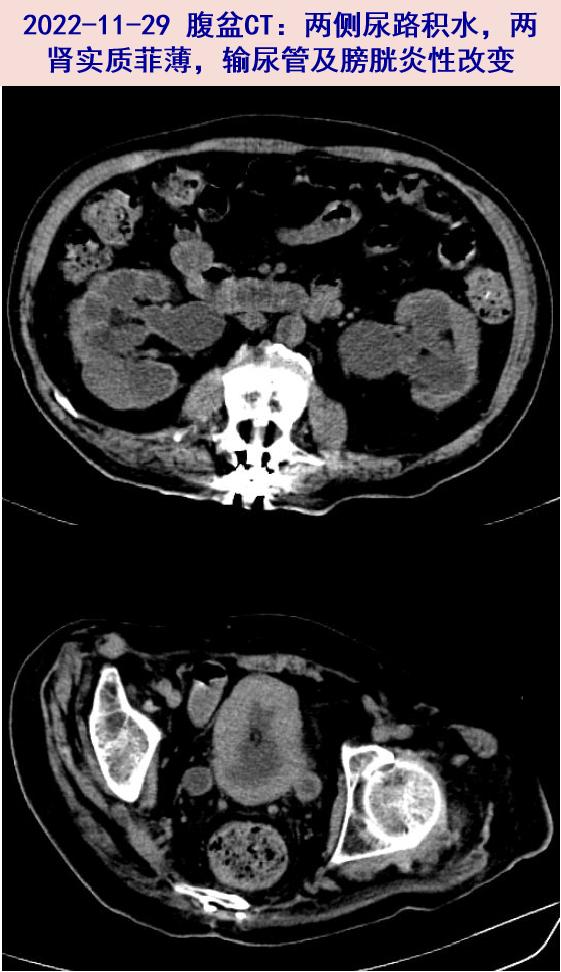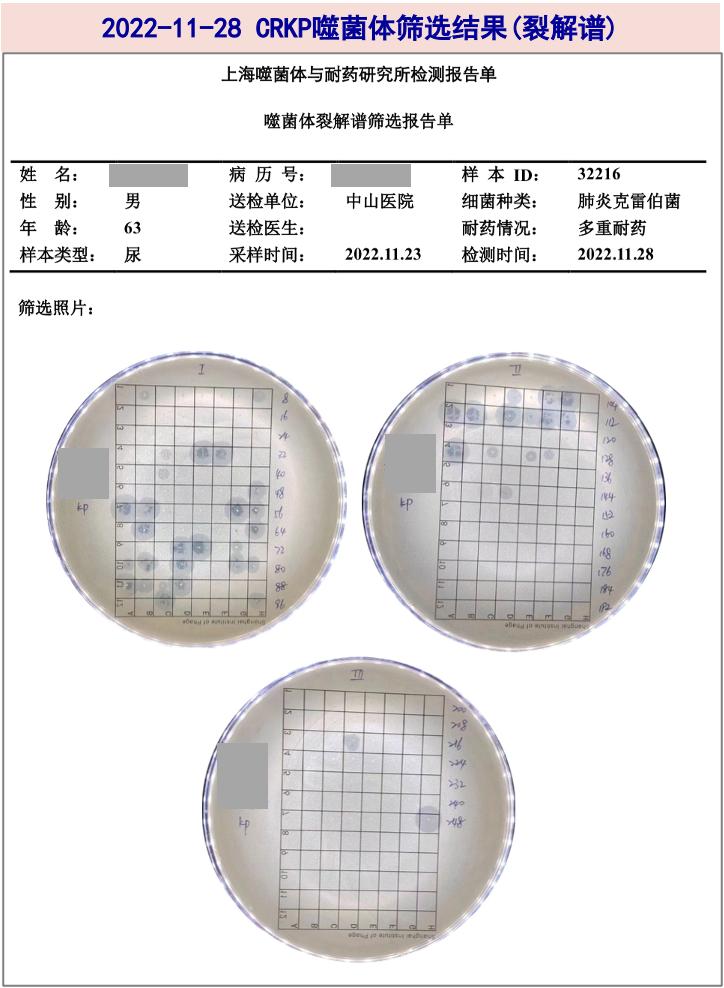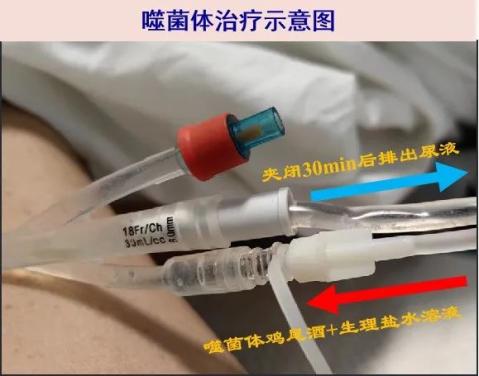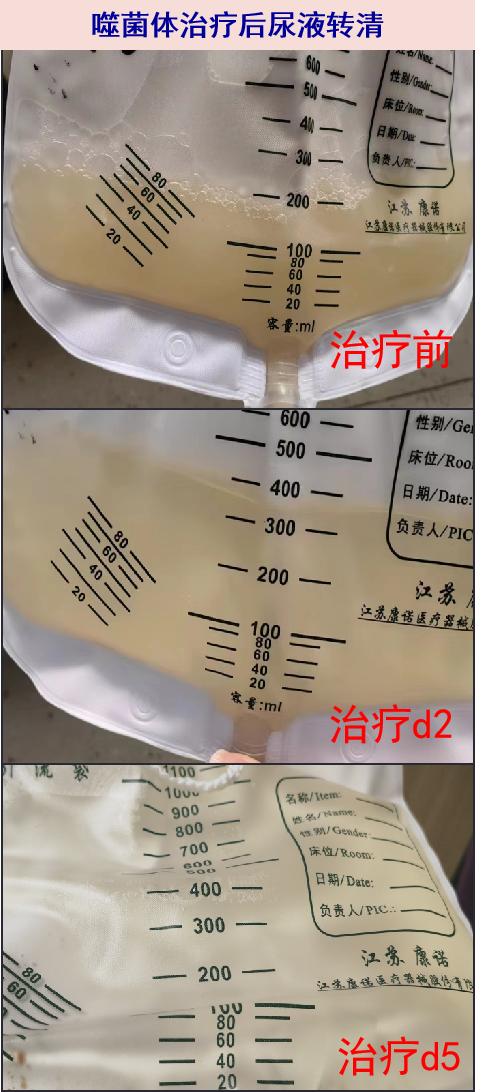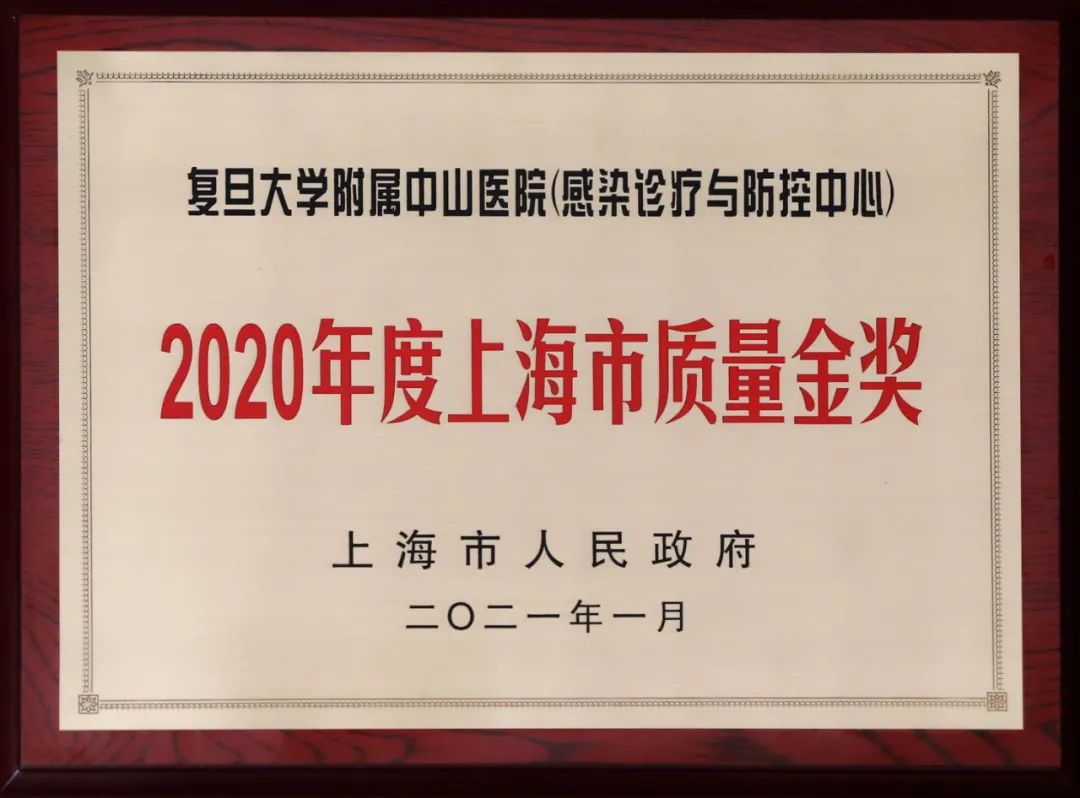Spring is full of anger? Expert advice on cardiovascular and cerebrovascular maintenance in spring
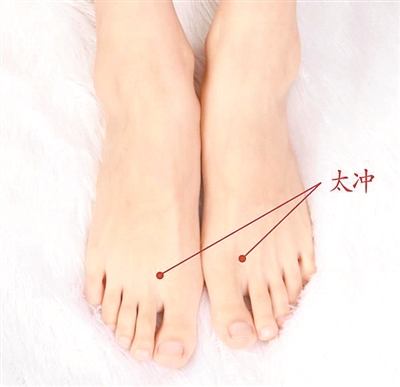
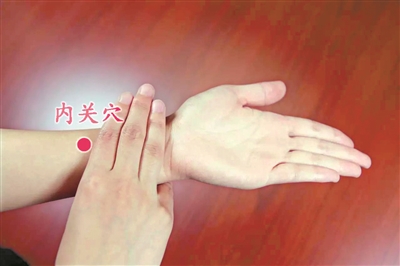
When spring comes, you should be careful of excessive liver fire and cardiovascular and cerebrovascular health. Mothers who need to accompany them to do their homework should take care of themselves. "Roar" is too strong and their blood pressure rises. If they run into deformed blood vessels, they may really burst them!
On the afternoon of March 29th, Professor Liang Donghui, Director of zhujiang hospital Department of Traditional Chinese Medicine of Southern Medical University, visited Guangzhou Daily to make an appointment with famous doctors for micro-class, giving advice on cardiovascular and cerebrovascular maintenance and disease prevention in spring. He reminded that it is still the peak period of cardiovascular and cerebrovascular diseases, and many times cardiovascular and cerebrovascular diseases are accompanied by mental and emotional problems such as anxiety and depression. It is very important to "treat both body and mind".
Text/Guangzhou Daily All-Media Reporter Zhou Jieying Correspondent Wu Xiaodan
Spring is coming, "heart disease" still needs to be prevented.
Many old patients with cardiovascular and cerebrovascular diseases will feel that the most dangerous winter has passed and they can breathe a sigh of relief. Liang Donghui reminded that research shows that cardiovascular and cerebrovascular diseases have two peak periods every year, one in autumn and winter and the other in spring.
External cause: the climate is hot and cold.
Especially in spring in Lingnan area, the climate is changeable, and it is hot and cold, which is easy to cause acute attacks of cardiovascular and cerebrovascular diseases. In particular, patients with hypertension and coronary heart disease are prone to angina pectoris, even myocardial infarction and stroke. Therefore, the folk proverb of "covering spring and freezing autumn" is very reasonable. "Spring cover" means that the temperature in spring has just warmed up, so it is not appropriate to take off winter clothes too early, because it is warm and cold at this time, and the temperature difference between morning and evening is relatively large. It is difficult to adapt to taking off winter clothes too early, once the temperature drops, the human body’s resistance will decrease and blood pressure will fluctuate greatly, which will easily lead to the increase of myocardial oxygen consumption index and increase the heart load.
When blood vessels are stimulated by cold, they will spasm. People with atherosclerotic plaques, those unstable plaques will rupture and fall off, resulting in myocardial infarction and cerebral infarction.
Internal cause: hyperactivity of liver and emotional uncertainty.
In addition to external factors, spring "heart disease" is prone to internal factors. Traditional Chinese medicine believes that spring belongs to wood in the five elements, and the liver belongs to wood in the five internal organs of the human body (heart, liver, spleen, lung and kidney). Spring qi passes through the liver, and liver qi rises vigorously. Many people with high blood pressure have a common physical feature — — Hyperactivity of liver yang and vigorous liver fire. In spring, their mood is often very unstable, and they are prone to lose their temper. When they lose their temper, their blood pressure will increase, and cardiovascular and cerebrovascular diseases will easily occur.
Do three things to protect cardiovascular and cerebrovascular diseases in spring.
Liang Donghui said that a healthy body needs active and continuous maintenance. For middle-aged and elderly people, especially those with cardiovascular and cerebrovascular diseases and high-risk groups, it is very important to do seasonal prevention work, which can reduce the incidence and reduce the serious harm caused by diseases. Care for blood vessels in spring should pay attention to the following three aspects:
1. Don’t let your body catch cold, keep warm and reduce the heart load.
Pay attention to the change of weather, add and reduce clothes in time, and would rather wear more clothes than freeze. Especially when going out in the morning and evening, pay attention to keep warm and wear a good hat to prevent cold wind from invading the body, causing blood pressure fluctuation and vasospasm, avoiding the rupture of unstable plaques and causing myocardial infarction, and also reducing the heart load.
2. Eat a reasonable diet and eat more bud vegetables in spring, which will help the yang to rise.
For patients with cardiovascular diseases, it is necessary to keep your mouth shut at all times, and eating and drinking may cause illness at any time. To prevent cardiovascular and cerebrovascular diseases, the diet is mainly coarse grains and vegetables, and it should be low in oil, salt, fat and sugar.
In the season when the yang rises in spring, the human body’s yang conforms to nature, and it is scattered upward and outward. You can eat foods that warm and tonify the yang and disperse the temperature rise, such as onions, garlic, ginger and leeks. Sprouting vegetables such as bean sprouts, Toona sinensis, tender bamboo shoots and spinach also contribute to the rise of yang. You can eat more onions, tomatoes, loofah, eggplant, fungus, etc. These foods can resist arteriosclerosis and reduce blood fat. Edible foods that are sweet and spleen-nourishing, such as jujube and yam. Eat more fresh fruits and vegetables to help calm and nourish the liver.
3. Keep a good mood, and avoid mood swings of great joy and great sorrow.
Spring is the time when the liver is flourishing. Chinese medicine believes that the liver governs the release of qi, which means that maintaining psychological balance and emotional stability is beneficial to the health of the heart and blood vessels and can reduce the incidence of cardiovascular and cerebrovascular diseases.
Never avoid the emotional fluctuation of great joy and great sorrow, which will easily lead to blood pressure fluctuation, autonomic nerve dysfunction and cardiovascular and cerebrovascular diseases. Especially those patients with cardiovascular and cerebrovascular diseases with depression and anxiety at the same time should be more vigilant.
If you want "heart" health, you must also pay attention to "mood" health
Often "heart jam" for some daily trifles may lead to real "heart jam" for a long time. Liang Donghui said that in clinical practice, it is found that more and more patients with cardiovascular and cerebrovascular diseases have mental and psychological problems. The comorbidity rate of cardiovascular and cerebrovascular diseases with depression and anxiety disorder is very high.
Some research data show that the proportion of cardiovascular patients with depression and anxiety is 22.8% and 70.9% respectively, and the incidence rate of women is higher than that of men; The incidence of post-stroke depression was 36%, and mild depression accounted for 80%. Psycho-psychological factors are the risk factors to promote the occurrence and development of cardiovascular and cerebrovascular diseases, and these two kinds of diseases interact with each other and jointly lead to the deterioration of the diseases.
Some patients with organic heart disease have experienced first aid, surgery and other blows, as well as a variety of maladjustments after illness, which will lead to psychological problems such as anxiety and depression. Some patients are uncomfortable, but after all kinds of examinations, all kinds of indicators are normal. This is often not a "job", but it is probably a physical manifestation of mental and psychological disorders such as depression and anxiety. If we don’t intervene, it will probably develop into a real body organic disease, that is, it will really evolve into cardiovascular and cerebrovascular diseases such as coronary heart disease.
Experts remind that if someone in the family always feels uncomfortable and can’t find the reason for going to the hospital, they must be patient, understand more, explain more, and seek help from mental and psychological professionals when appropriate.
Daily chest distress and palpitation can be relieved by pressing two acupoints.
Liang Donghui said that if the patient is diagnosed with "double heart disease" with cardiovascular disease and psychological disorder at the same time, the doctor should conduct corresponding dual diagnosis and treatment and "treat both mind and body". However, the family and society should also have corresponding support, and patients should "relax" and face the disease positively. Sometimes they might as well do health exercises, Tai Ji Chuan and Ba Duan Jin under the guidance of Chinese medicine practitioners.
If there are some symptoms such as chest tightness and palpitation at ordinary times, what method can be temporarily relieved? Liang Donghui introduced two methods of acupressure. In case of cardiovascular and cerebrovascular diseases, you can massage yourself while waiting for the arrival of professional ambulance personnel, which has good anti-angina and anti-arrhythmia effects. Daily massage can also play the role of health care and heart protection, and patients with atrial fibrillation, premature beats, arrhythmia and other diseases can use it to regulate themselves.
1. Neiguan point: Regular pressing has the functions of calming the heart, calming the nerves, regulating qi and relieving pain, and is called Baoxin Yaoxue. Sometimes gastrointestinal discomfort, such as nausea and vomiting, and even motion sickness, can be relieved by pressing this point.
【 Acupoint selection method 】 The transverse palmar stripes are pointed upwards by three fingers, and the midpoint of the two tendons is Neiguan point, between the palmar longus tendon and the flexor carpi radialis tendon.
[Massage method] Press the thumb on Neiguan point, press the index finger on the corresponding Waiguan point on the outer side of the arm, and force the finger vertically downward, and it is appropriate to feel sore. After pressing for 20~30 seconds each time, gradually release it, and then press it down again. Press each hand for 3~5 minutes, and then change the inner and outer points at the corresponding position on the other side for the same time and method.
2. Taichong point: Regular pressing has the effect of calming the liver and suppressing yang, which can relieve hypertension, dizziness and headache.
【 Acupoint selection method 】 It is located at the back of the foot, at the front depression of the joint of the first metatarsal and the second metatarsal.
[Massage Method] Press your fingers down on the acupoints, then massage them, with moderate intensity, so as to produce a feeling of soreness. Press each acupoint repeatedly for 1-2 minutes, and then change one side to the corresponding position of the other foot, and massage in the same way.

